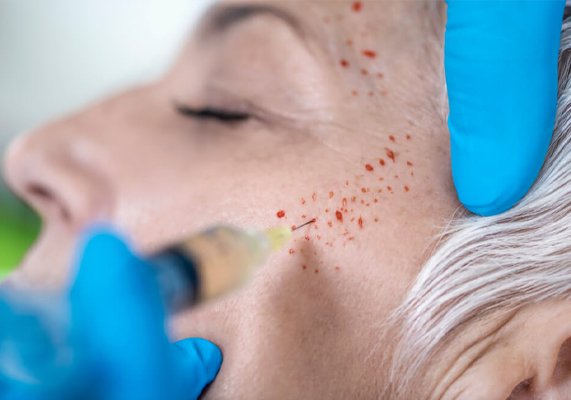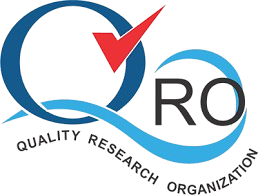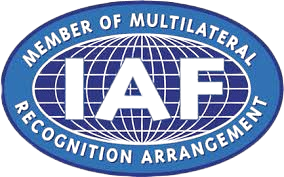
PRP for Face Training
Rejuvenate Skin Naturally with PRP Therapy
PRP (Platelet-Rich Plasma) therapy uses the body's natural growth factors to boost collagen, improve skin texture, and reduce signs of aging.
This treatment is ideal for fine lines, dull skin, and acne scars, providing a natural glow with long-lasting benefits.
Our Certifications



About the Course
The PRP (Platelet-Rich Plasma) for Face Training course is a specialized program that teaches aesthetic professionals the science, preparation, and clinical application of autologous PRP therapy for facial rejuvenation. This regenerative treatment uses the patient’s own blood components—specifically platelet-derived growth factors—to stimulate skin repair and collagen synthesis.
Participants will learn:
The principles of tissue regeneration and wound healing via growth factors
Blood collection, centrifugation techniques, and PRP separation methods
Injection techniques (intradermal, subdermal, microneedling-assisted)
Contraindications, patient selection, and consultation best practices
Sterility protocols, pre-treatment preparation, and aftercare guidelines
Benefits of Hands-On Training
PRP therapy may seem straightforward, but the efficacy of the treatment depends greatly on the technique, precision, and plasma quality. Hands-on training ensures you learn the real-world skills that can’t be taught through theory alone.
Core Benefits of Hands-On Training:
Mastering PRP Preparation: Learn how to collect blood, handle centrifugation devices, and extract high-quality platelet-rich plasma. You'll practice using single-spin and double-spin systems for different treatment goals.
Injection Techniques and Microneedling Integration: Get guided experience in using fine-gauge needles for PRP mesotherapy as well as combining PRP with dermal rollers or microneedling pens for maximum penetration.
Understanding Skin Depth & Areas of Focus: Apply PRP precisely under the eyes, around nasolabial folds, or across acne-scarred cheeks. Training with real models helps you understand depth, pain management, and ideal coverage.
Real-Time Corrections & Tips: Gain expert feedback on injection angles, dosage per area, and depth control to avoid uneven results or patient discomfort.
Post-Treatment Protocols: Practice proper aftercare education—what to advise, what to avoid, and how to manage any redness, bruising, or delayed reactions.
Why One Should Do This Training
The demand for natural, regenerative aesthetic treatments is at an all-time high. PRP facial therapy meets this demand, offering clients long-term skin health without synthetic injectables or surgery. Adding PRP to your skillset not only enhances your service range but also aligns with a growing movement toward holistic aesthetics.
Stay Ahead of Industry Trends
PRP is not a fad—it's a science-backed modality used in dermatology, trichology, and sports medicine. Training in PRP gives you access to a treatment that's versatile, trusted, and in-demand.
Offer Natural Results with Minimal Downtime
Many clients are looking for anti-aging solutions that don’t involve fillers or harsh chemicals. PRP fits this niche perfectly—delivering smoother, firmer, more radiant skin from within.
Expand Your Practice Portfolio
Whether you're a doctor, nurse, or medical aesthetician, PRP enables you to treat a broader range of skin concerns: acne scarring, dullness, crepey skin, and early signs of aging.
Build Client Loyalty
PRP treatments work best in a series—creating natural, progressive improvement. Clients are likely to return for follow-ups, making this an excellent revenue-generating and client-retention treatment.
Complement Other Treatments
PRP is often combined with microneedling, laser resurfacing, or dermal fillers. Knowing how to integrate PRP into combination therapy plans enhances your overall treatment offerings.